
There’s the Flint, Mich., most Americans have seen over the last few months. Photos of residents holding up bottles of rust-colored water. Mothers visibly panicked about lead-poisoned children. Protesters wanting those responsible sent to prison.
But there’s also the Flint only its residents see. The one where life moves on because it has to. The one where people still find reasons to celebrate despite the fact that they can’t drink the water. The one where high school teenagers put on tuxes and tiaras and drive convertibles and dance and stay out until 3 a.m. Because it’s May in Flint, and that means it’s prom season.
Brittany Greeson, a 23-year-old freelance photographer and student at Western Kentucky University, chronicled Flint’s proms this year and last, even as the city tries to deal with lead that began leaching into the water supply in April 2014. “It’s important that life goes on,” says Greeson. “And prom is vibrant, celebratory. It’s a living, breathing part of the community.”
Prom in Flint often begins with a parade down Saginaw Street, drawing hundreds of residents to see high schoolers drive by in bronze Bonnevilles and horse-drawn carriages, the guys dressed in sparkled bow ties and bright blue blazers, the girls in flowing colorful dresses accompanied with jeweled bracelets and flashy nails.
Greeson has followed students from the downtown parade route to red carpets to the prom itself (“They killed it on the dance floor,” she says) and finally to one moment in 2015 that Greeson describes as her favorite: a couple, post-prom, sitting at Flint’s Starlite Diner & Coney Island in the early morning hours, exhausted.
“I thought it was so high school,” Greeson says. “All dressed up and still going to this diner.”
The city’s water crisis, meanwhile, continues. While Flint switched its water source back to Detroit’s system in October, the water is still unsafe to drink without a filter. And Greeson herself, who until recently lived in Flint, says she didn’t bathe with the city’s water and used only bottled water to cook. Despite the lingering problems, Greeson’s photos show the bright spots still burning in a city that has had its share of dark moments.
“There’s a reason they’re called ‘Flintstones,’” Greeson says, referring to a nickname for Flint’s residents. “They’re a lot stronger than they look.”
Brittany Greeson is a photographer on the Emerging Talent roster of Getty Images Reportage. She was previously an intern at the Flint Journal and Washington Post. Follow her on Instagram @brittanygreeson.
Andrew Katz, who edited this photo essay, is TIME‘s international multimedia editor. Follow him on Twitter @katz.
Josh Sanburn, who wrote this article, is a staff writer at TIME. Follow him on Twitter @joshsanburn.
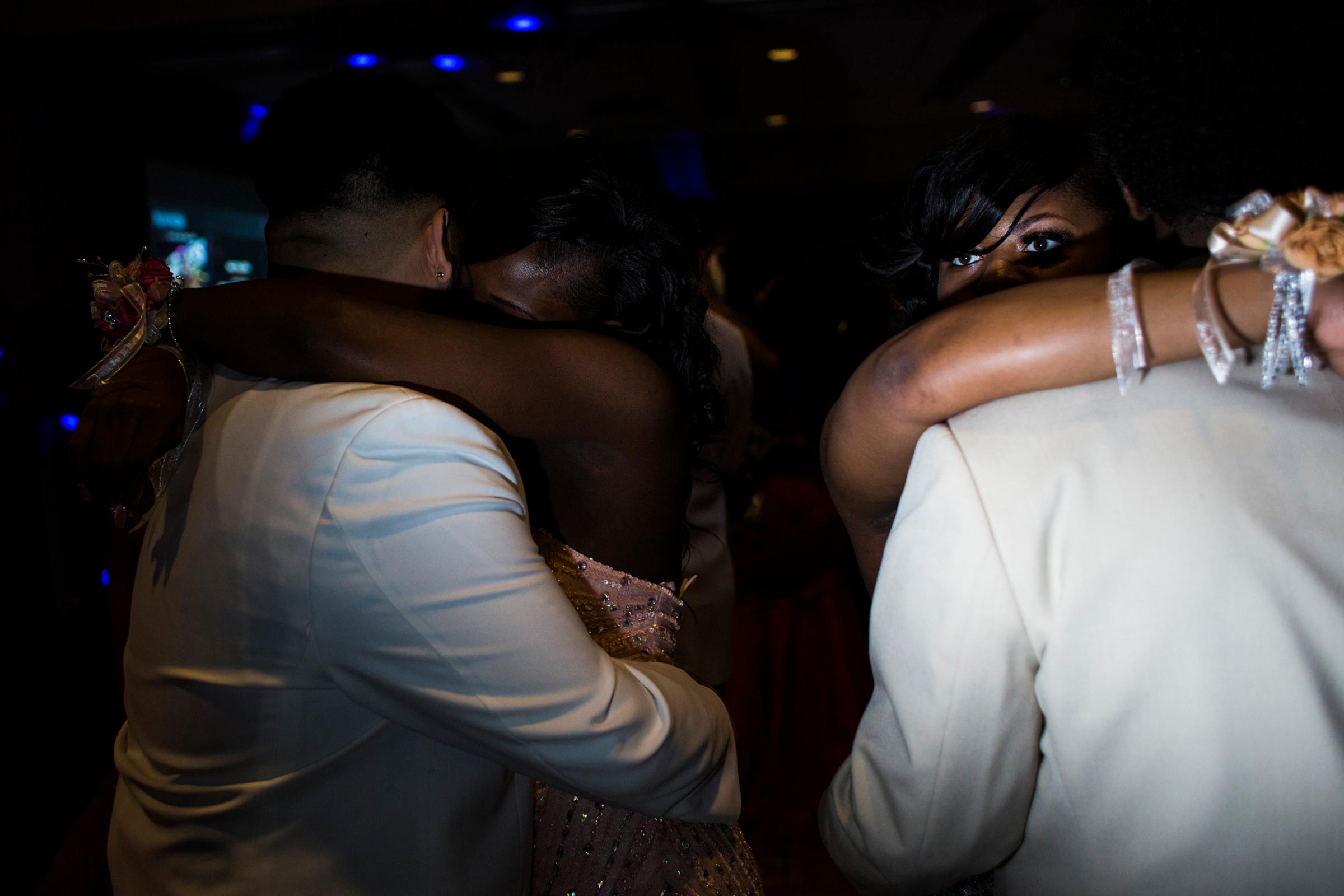


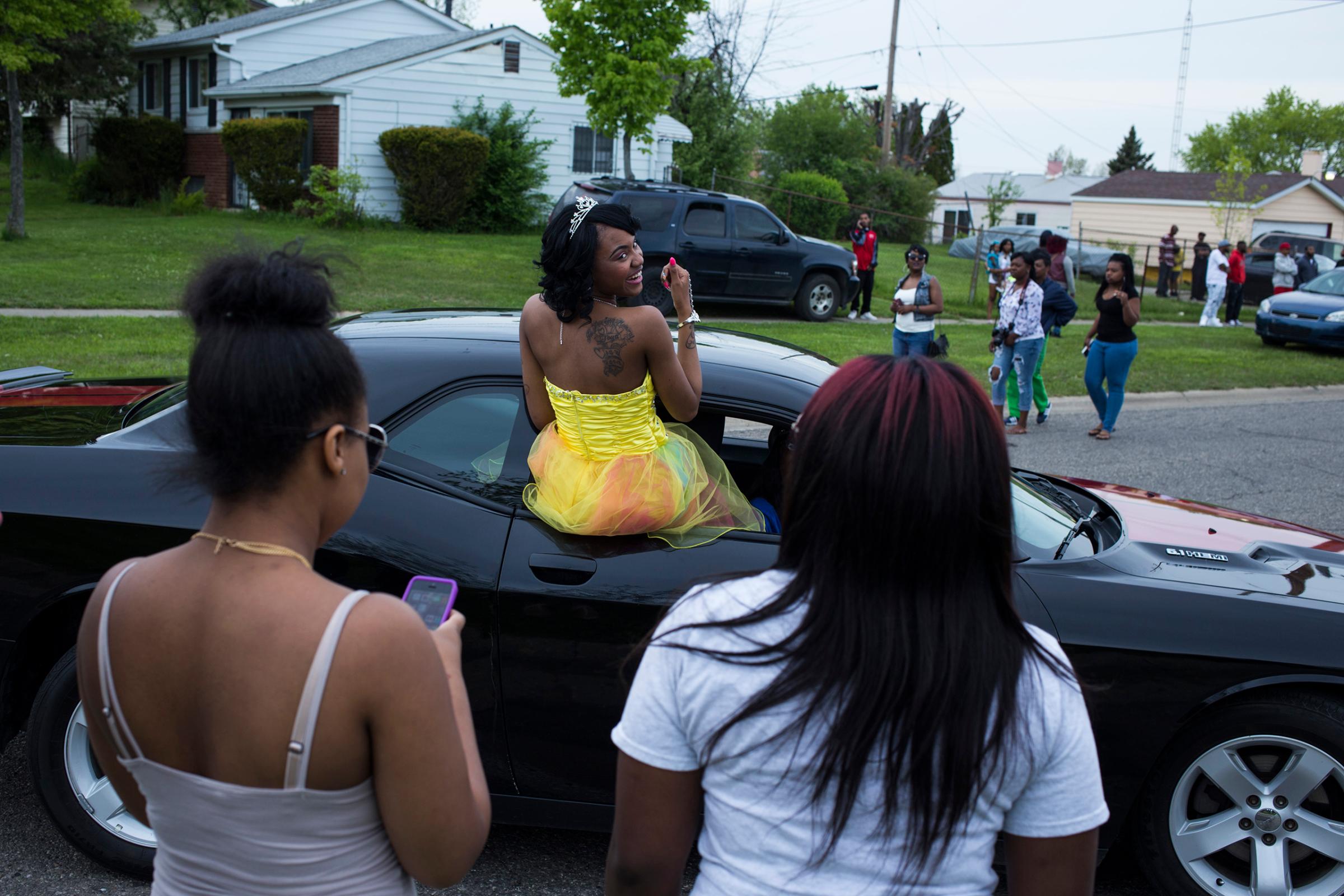

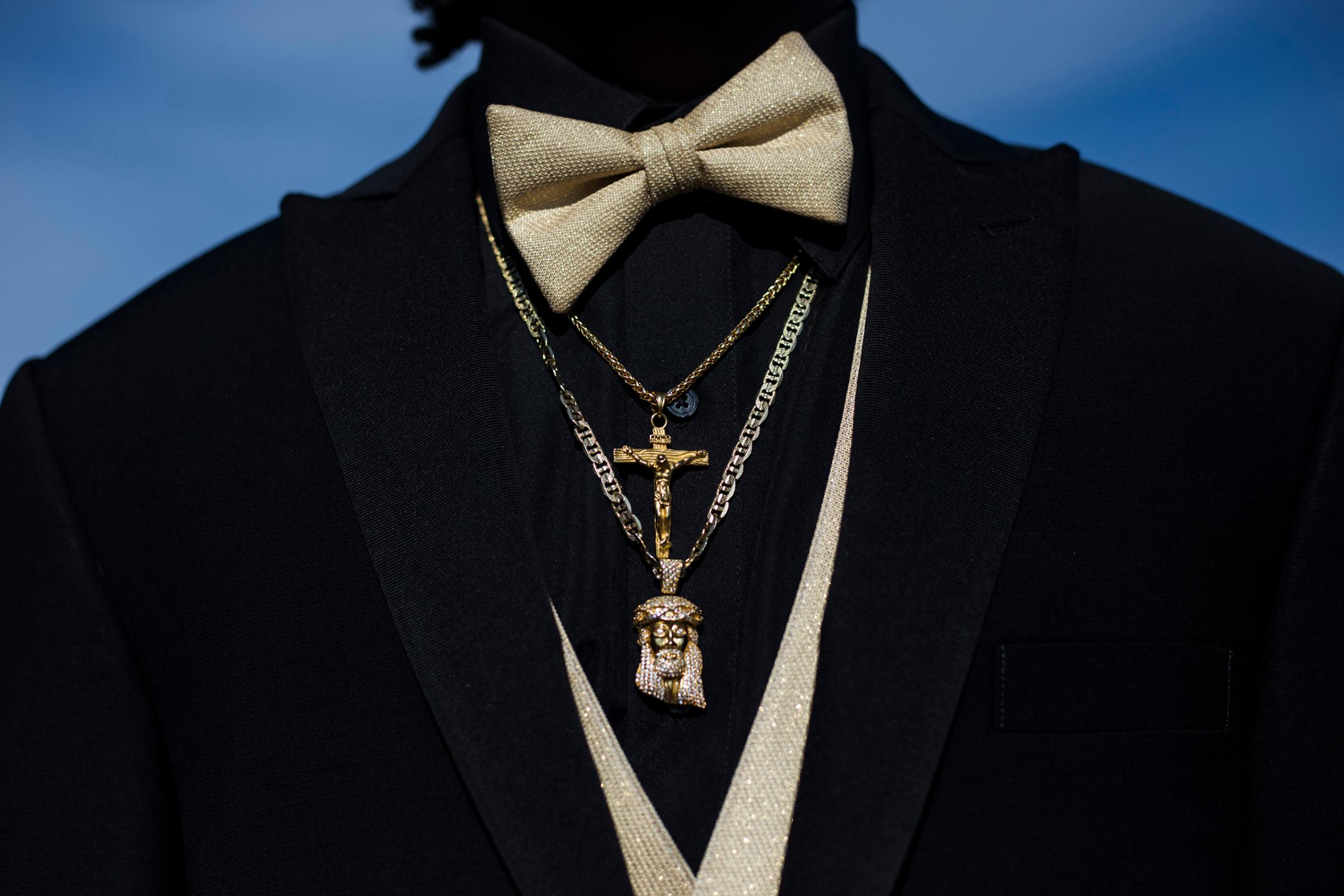
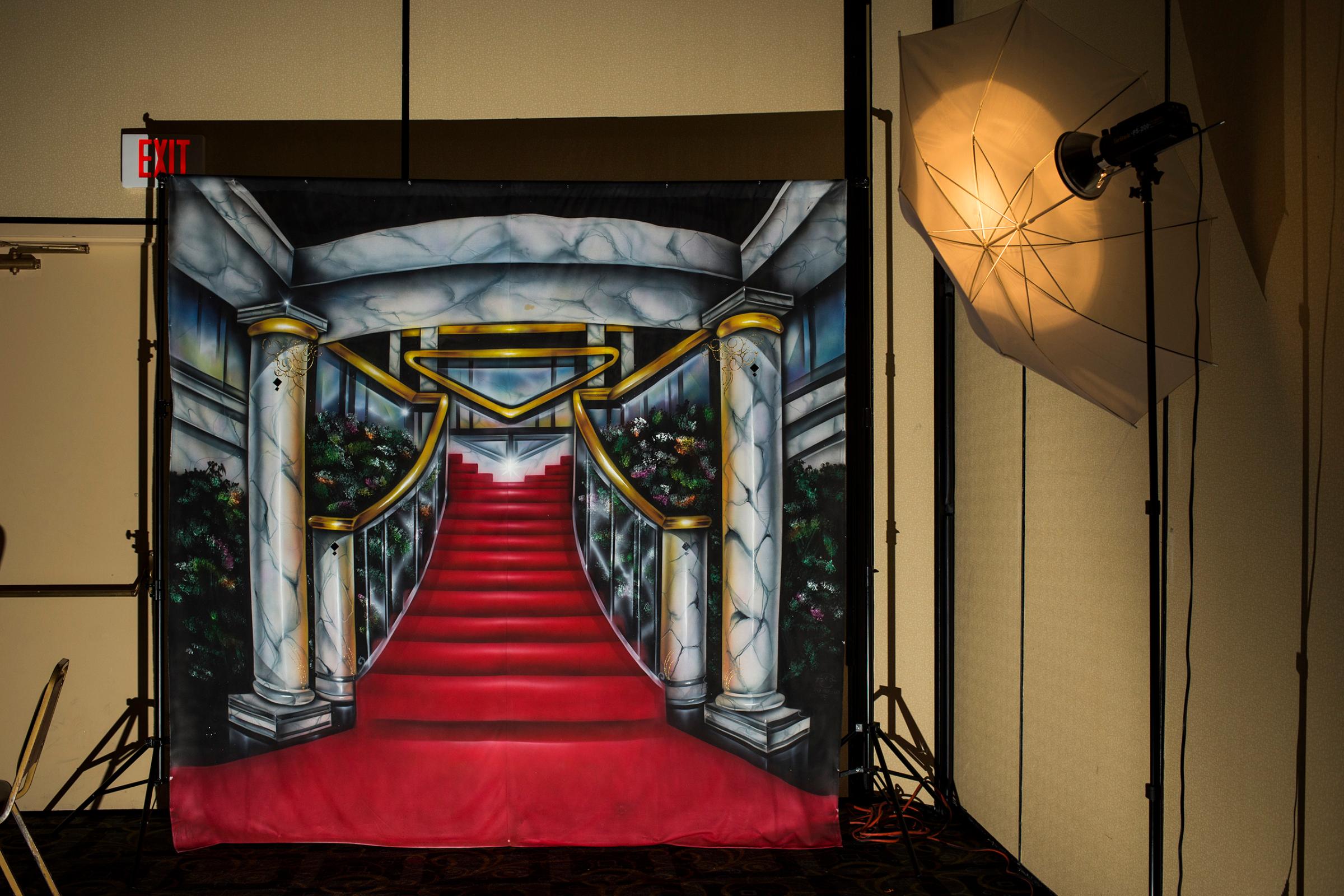
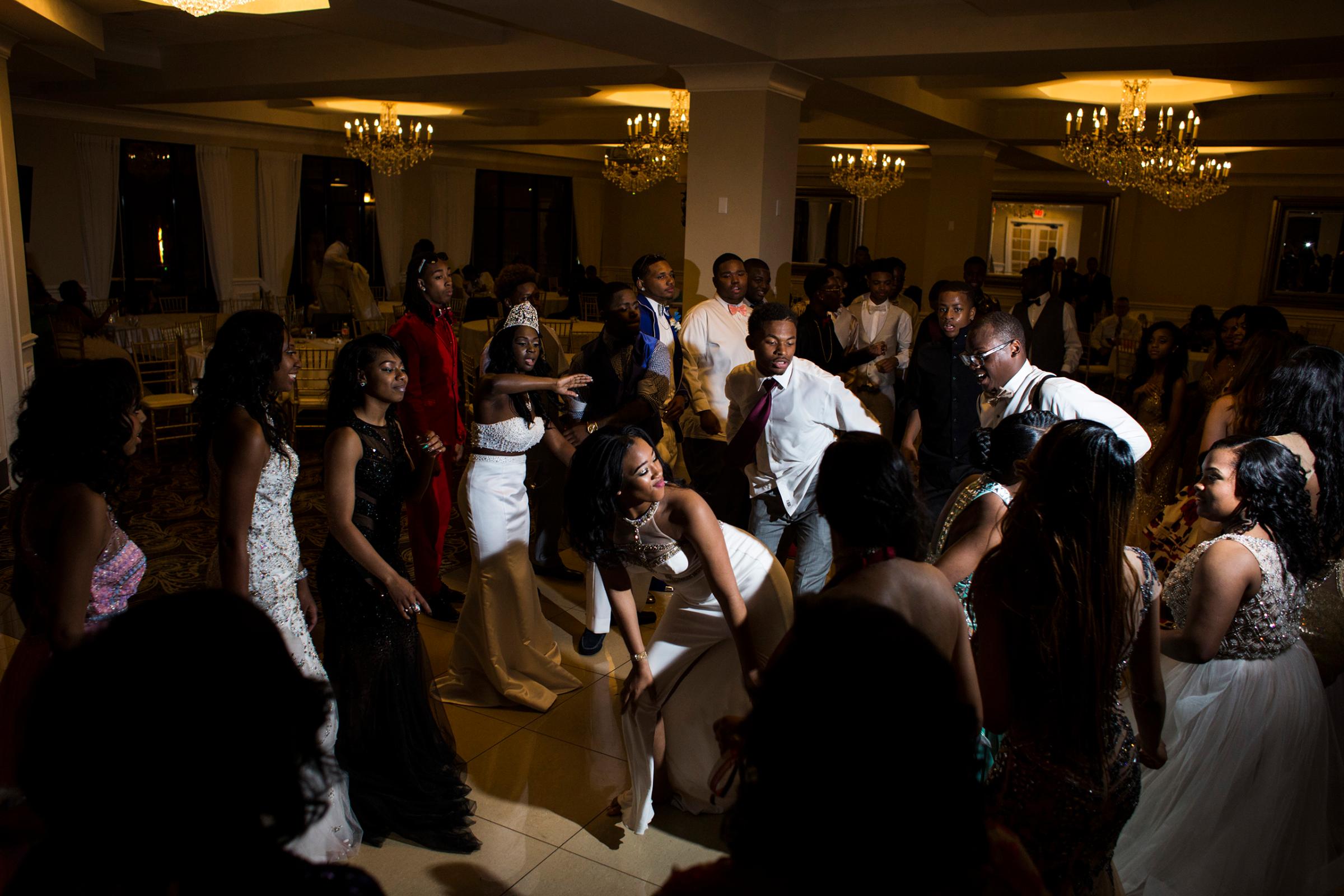


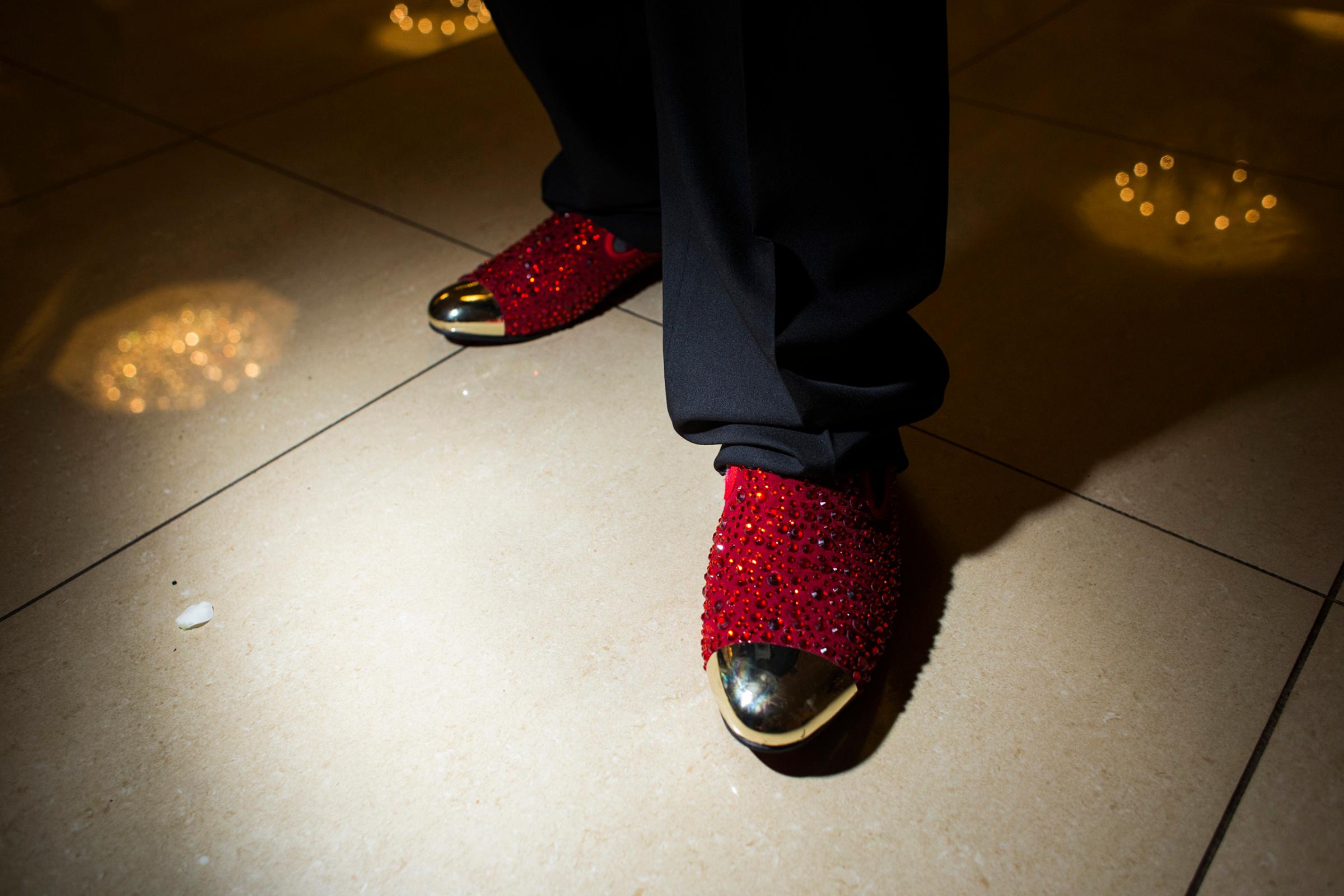

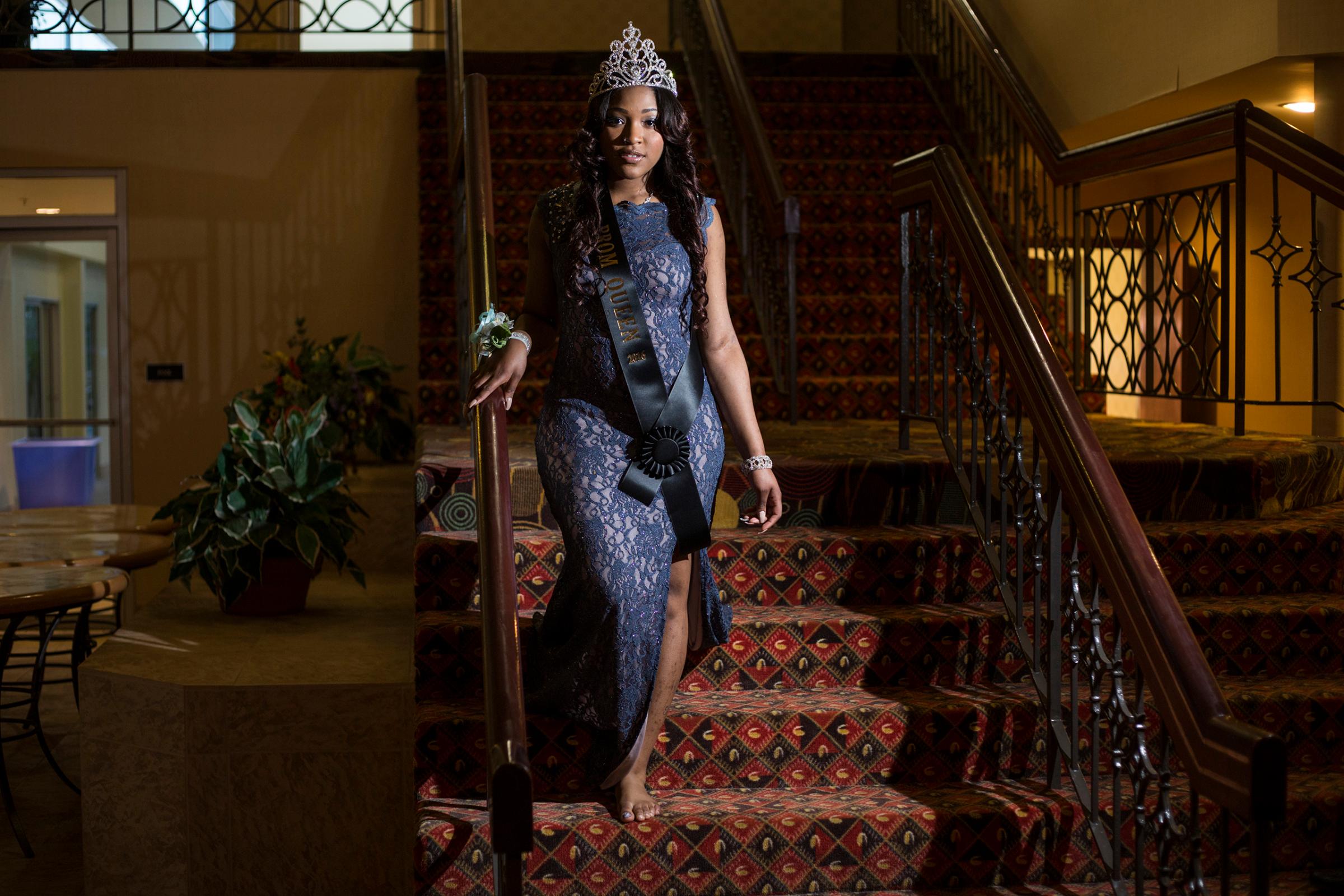


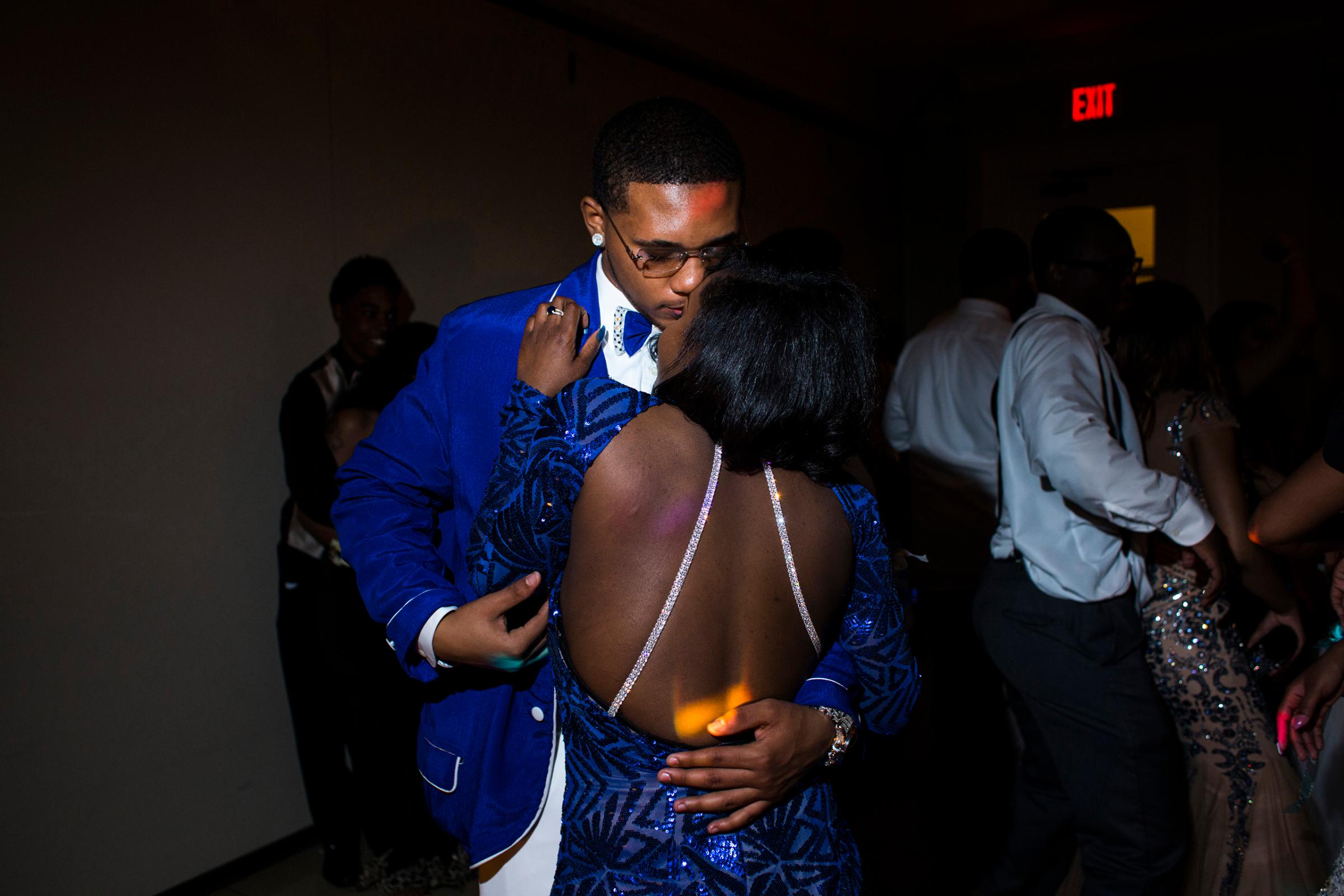

More Must-Reads from TIME
- Donald Trump Is TIME's 2024 Person of the Year
- TIME’s Top 10 Photos of 2024
- Why Gen Z Is Drinking Less
- The Best Movies About Cooking
- Why Is Anxiety Worse at Night?
- A Head-to-Toe Guide to Treating Dry Skin
- Why Street Cats Are Taking Over Urban Neighborhoods
- Column: Jimmy Carter’s Global Legacy Was Moral Clarity
Contact us at letters@time.com